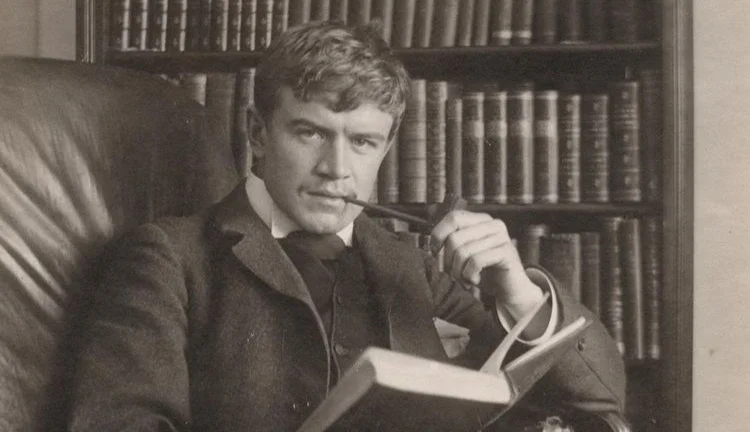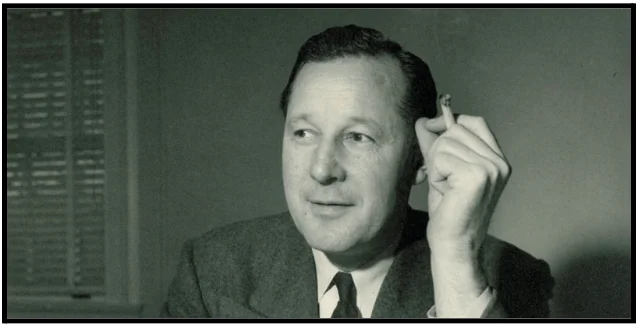Talking Big Ideas.
“Our new president . . . Hoobert Heever!”
~ Harry Von Zell, flubbing the name of President Herbert Hoover
The writer John Mason Brown was waiting to step on stage.
A gifted speaker, he traveled the country keynoting conferences. Brown listened as the host quieted the audience and introduced him:
May I have your attention, please? We have bad news for you tonight. We wanted to have Isaac Marcosson speak to you, but he couldn’t come. He’s sick. [awkward applause] Next we asked Senator Bledridge to address you. But he was busy. [awkward applause] Finally we tried in vain to get Doctor Lloyd Grogan of Kansas City to come down to speak to you. [awkward applause] So instead, we have John Mason Brown. [silence]
Brutal! But perhaps an improvement over the introduction that writer Stephen Leacock once received:
This is the first of our series of lecturers for this winter. The last series, as you all know, was not a success. In fact, we came out at the end of the year with a deficit. So this year we are starting a new line and trying the experiment of cheaper talent. May I present Mr. Leacock.
A few years back I went to see a popular Nobel Laureate give a speech to a friendly audience. We all had to politely wait while the introductory remarks droned on in pedantic detail. They were read without eye contact from sheets of paper — with many words butchered — to a crowd that already knew the speaker’s accomplishments and topic quite well.
The baseline for introducing speakers is low indeed!
Speeches of introduction are still speeches. They deserve thoughtful preparation. There are three goals all introductory remarks should achieve:
- CREDIBILITY: Establish the speaker’s expertise.
- ENTHUSIASM: Get the audience excited for the speaker and topic.
- RELEVANCE: Clarify how the topic relates to the audience.
Done well, introductory remarks are enjoyable in their own right. And they prime the audience, teeing up the speaker for success.
When you are called to introduce someone, take it seriously. Here are my guidelines to help you crush your introductory speeches.
And when you are being introduced, set yourself up for success. Send along a suggested outline or bullet points. Make sure the person introducing you gets a copy. This will significantly increase the odds they build your credibility, get your audience excited, and drive home why your topic matters.
As coach Stephen Lucas says, when it comes to speeches of introduction “the aim is to make this audience want to hear this speaker on this subject.”
***
![]() IDEA
IDEA
Introductory remarks are speeches. Give them the preparation and intention they deserve.
Take five minutes and draft introductory remarks for yourself. Save them to edit later and share with folks who will introduce you in the future.
***
If you find this useful, please subscribe to our free weekly newsletter.




